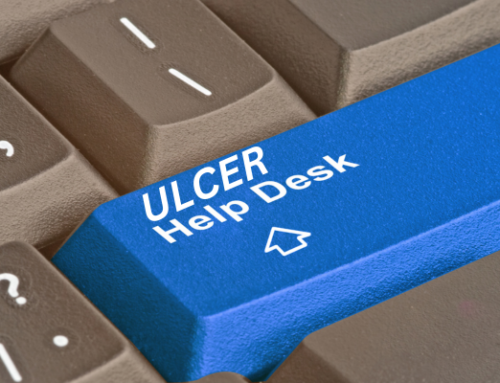“The most common foci in hospitalized patients are infections of the lower respiratory tract, followed by intra-abdominal, bloodstream, intravascular line infections, and urinary tract infections,” says Dr. Michael S. Niederman, Critical Care, Cornell Medical Center.
What did Dr. Niederman say in the study, “Initial Antimicrobial Management of Sepsis” in Critical Care, (2021) 25:307?
“Rhee and colleagues reported community-onset sepsis to be more common (87.9%) than hospital-onset sepsis (12.1, but with a higher mortality in hospital-onset sepsis (OR = 2.1)
In neonatal ICUs, mortality was 52.3% in those with hospital acquired sepsis.
A recent review suggested that a reasonable timeframe would be no later than three to five hours after infection onset, but immediately for patients with septic shock.”
Read the above study: https://pubmed.ncbi.nlm.nih.gov/34446092/
Greg Vigna, MD, JD, national product liability attorney, PICC line and midline attorney states, “Approximately 8-17% of hospital acquired sepsis is caused by infected central lines. In other words, the lines become colonized with bacteria or fungus and then spread to the blood and body. Polyurethane and silicone tubing that goes into the veins do little to nothing to reduce the risk of these serious complications and there are safer materials available for patients that reduce the risk of bacteria adhering and multiplying on the tubing.”
What does Dr. Neiderman say regarding treating presumed bacteremia from line sepsis?
“Empiric therapy of bacteremia begins … prior to the positive blood culture result, and then can be modified when gram stain and then pathogen identity are known … Therapy choices should be based on individual patient risk factors for specific pathogens.”
Dr. Vigna concludes, “Treatment of line sepsis generally requires Vancomycin and a drug that is reliably effective against Pseudomonas such as Zosyn or Cefepime. If patients don’t respond, then coverage with an antifungal. Unfortunately, despite rapid intervention with IV antibiotics and removal of the line, there will be a significant percentage of patients who go into septic shock and die. The most important aspect of care is prevention and that requires PICC lines and other central lines to have the super hydrophilic technology that reduces the risks of blood clots and line infections.”
Dr. Vigna is a California and Washington DC lawyer who focuses on serious injuries caused by defective medical devices including PICC lines, dialysis catheters, and other central lines. He represents the injured with the Ben Martin Law Group, a national pharmaceutical injury law firm in Dallas, Texas. The attorneys are product liability and medical malpractice attorn




